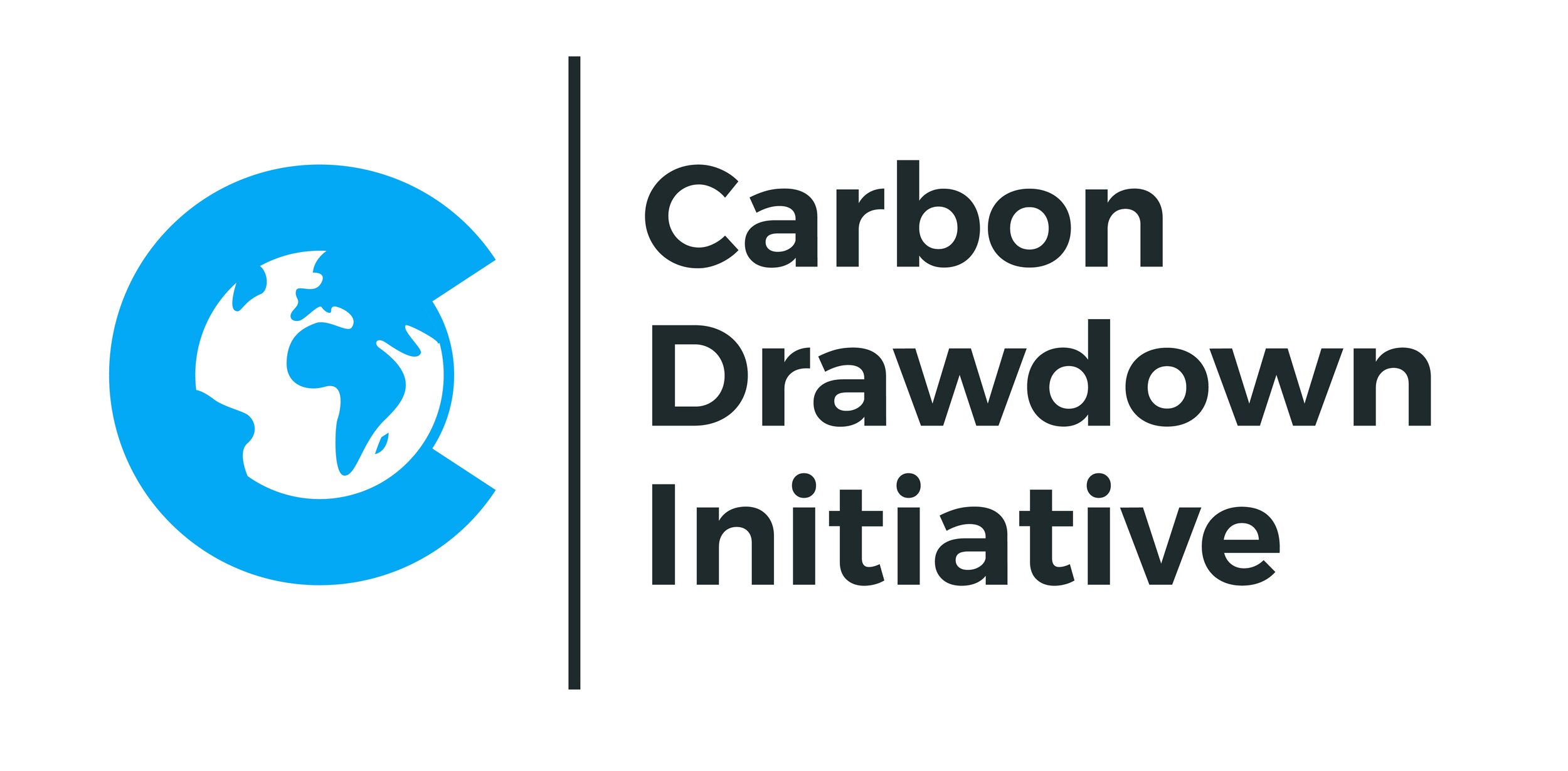Why negative emissions?
We are in a climate crisis!!!
Our planet is warming, and humans are the cause. By releasing greenhouse gases like carbon dioxide (CO₂) and methane (CH₄) into the atmosphere, we are driving far-reaching climate change. The Sixth Assessment Report on "The Physical Science Basis" by the IPCC, widely regarded as the most authoritative document on climate science, clearly states that "It is unequivocal that human influence has warmed the atmosphere, ocean, and land since pre-industrial times."
This warming trend goes on since the middle of the last century and the global temperature increase is especially pronounced in 2023 and 2024: “The Earth’s global-average temperature reached or exceeded 1.5°C above the pre-industrial era every month between July 2023 and June 2024” writes the EU’s Copernicus Climate Change Service in July 2024.
We may be witnessing an acceleration of the warming trend, an easily measurable effect of the escalating climate change that pushes us closer to several critical tipping points of our planetary system. These tipping points are alarming because, once triggered, they could further accelerate global climate change resulting in severe change of weather patterns that lead to unprecedented droughts, storms, forest fires and floods. Johan Rockström highlighted this concern in his TED talk, emphasizing the urgency of addressing these potential thresholds before they lead to irreversible consequences.
What needs to be done?
Climate scientist Zeke Hausfather explains that climate change is complex, but the maths of CO₂ is actually pretty simple:
Increasing emissions ➡️ faster warming
Flat emissions ➡️ constant warming
Decreasing emissions ➡️ slowing warming
Zero emissions ➡️ stopping warming
Negative emissions ➡️ cooling
We all need to decarbonize our lives, reducing more than 90% of CO₂ emissions mainly by ending our reliance on fossil fuels for energy quickly. This is a monumental global effort, but it is achievable, as Hannah Ritchie explains in her video.
But we are not done there!
Even after successful decarbonization, some human activities will continue to lead to CO₂ emissions and so we will still need to remove excess CO₂ from the atmosphere to halt further warming. This will require negative emissions, which are achieved through carbon dioxide removal (CDR). CDR involves capturing CO₂ or other greenhouse gases from the atmosphere and securely storing them, wether underground, in the ocean, or in durable products. These efforts will help us reach net-zero emissions and eventually reduce atmospheric CO₂ levels, ultimately leading to a gradual cooling of our planet at some point in the more distant future.
„The global economic potential of CDR could reach €470-940 billion per year by 2050 - at par with today's global airline industry.“
Read the study by Boston Consulting & DVNE!
Post-decarbonization, it is expected by the IPCC that we will need to continually capture an astounding 4-9 gigatons of CO₂ per year. This is both to compensate for remaining, hard-to-abate emissions and to remove some of the historical emissions since CO2, once emitted, can act as a greenhouse gas for 100s of years. To put this into perspective, such an amount of CDR requires a new industry that is comparable to the scale of the current global airline industry. Building this entirely new industry within a few decades will be an immense challenge, requiring an intense and rapid build-up phase. We cannot afford to wait until we achieve most of the reductions in emissions; we need to start now.
Here at Carbon Drawdown Initiative our mission is to contribute to the creation and growth of this emerging CDR industry.
Read more about What we do, who we are or follow our journey in our blog.
Please subscribe to our newsletter to get monthly-ish updates about our work!


